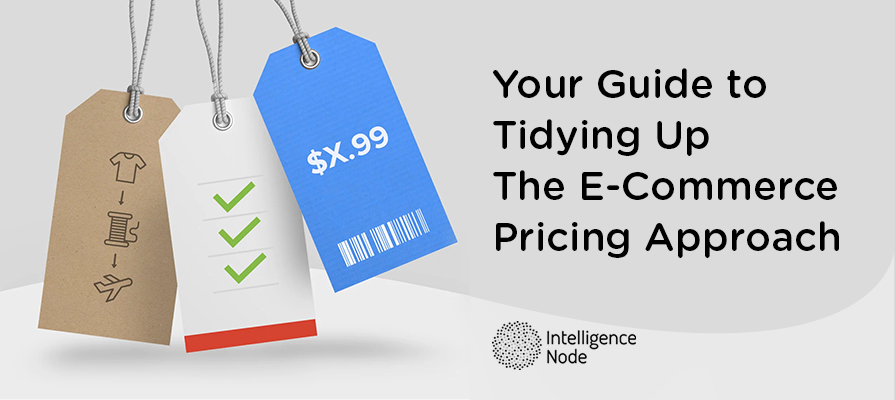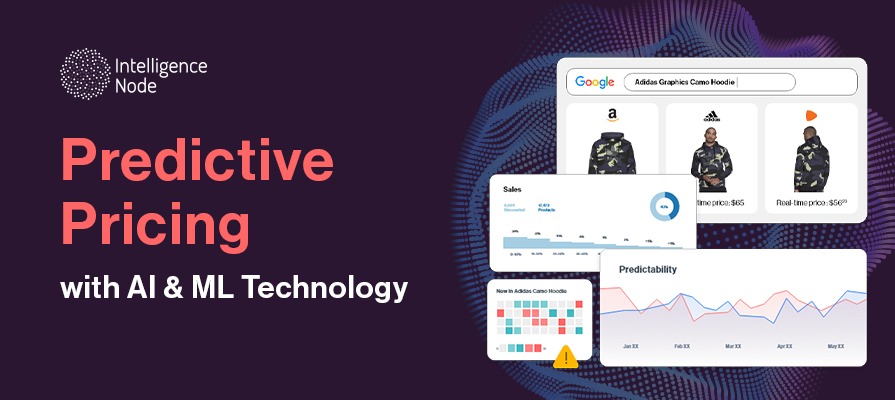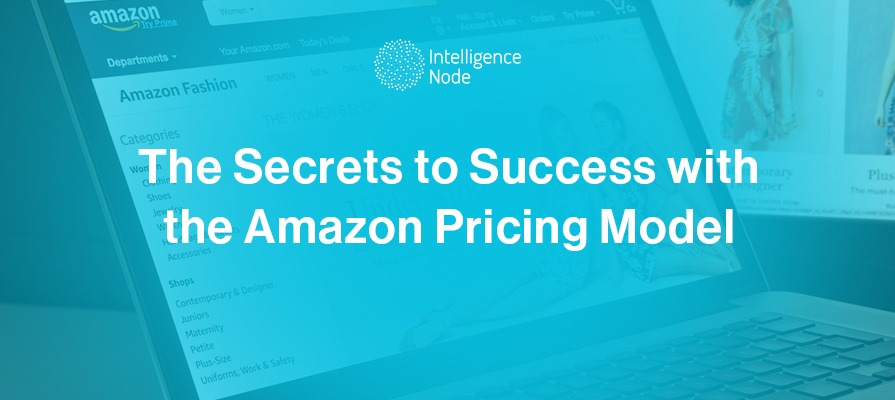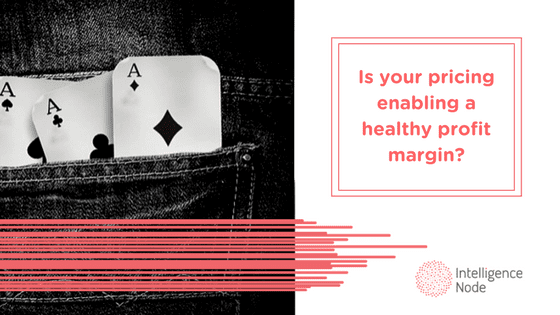Through “The Life-Changing Magic of Tidying Up,” Marie Kondo has transformed countless lives, both materialistically and psychologically. If only she could transfer that same power over to the eCommerce scene.
As it currently stands, most brands’ online sales strategies are somewhat of a mess. Often, you’ll see a disconnect arise when these companies try to sell through both their own online store and big-name marketplaces like Amazon and Google. A failure to properly integrate these new channels is a root cause of many lackluster eCommerce performances.
But you don’t want to be stuck in your old ways. As startup guru, Paul Graham, once wrote, “Overall the Web is pretty sloppy, but an online store can’t afford to be.” Even as it gets harder and harder to protect your brand’s interests and margins across an ever-expanding online shopping network your goal must be to adapt with the times.
To avoid that unwelcome sloppiness, you need to harness the Marie Kondo mindset and work through all the clutter. Typically, the first step involves an internal audit to check if your existing technologies are capable of withstanding the load of dynamic pricing. You need all your sales channels to be flexible in terms of the retail pricing rules they follow and the ways they target different audiences.
An effective dynamic pricing model can be all you need to extend control and improve reactions throughout your sales process. In order to implement one, however, you need a host of advanced capabilities (and often, you need them to be automated to act in real time). To specify, you need the means to predict price changes, make appropriate adjustments, analyze resultant margins, research competitors, and cater to individual users. At the heart of all of this lies that key buzzword: Adaptability. It’s a never-ending cycle of learning from data and refining your approach.
In this case, it’s worth turning to an AI solution that lets you enact all the facets of dynamic pricing without thrusting the costs of R&D and an entire in-house data team upon your business. Deciding exactly how to proceed down this path, though, requires several vital considerations.
For starters, what are the risks and rewards inherent to changing your pricing system? And what are the risks and rewards of retaining existing pricing technology? Only once you inspect your own strategy against various possible alternatives can you determine what advantages each option brings in and what each leaves on the table. This will also take into account crucial factors such as time, effort, and capital you need to invest to onboard a new pricing system.
When those calculations are done and you have the green light to move forward, its time to establish company-specific factors to determine which practices and technologies you keep and which you boot. Doing so is essential for optimizing your potential for dynamic pricing and max profitability – especially if you perform your analyses through a long-term lens. After all, you want to have features that will future-proof your retail strategy for the next 10 years.
For this purpose, we recommend scrutinizing factors such as cost analysis vs. ROI, latest technological adoptions in the market, shifting customer expectations like price parity and transparency, quality of the dataset, the agility your system affords in terms of pricing revisions on both macro and micro levels, and more, to compile your own “Keep” and “Boot” list of features and capabilities.
Once you’ve narrowed that down, you scout the market for leading providers of such pricing systems you can hire or partner with, like Inoptimizer® by Intelligence Node. The AI-enhanced perks include 360° pricing intelligence, product and pricing history, smart market recommendations based on multiple end-goals, and automated real-time suggestions. Beyond these neat functions, the real benefit lies in improving your business’ overall competitiveness and making your life easier in the process.
To wrap it up: Make room (and time) for other business priorities- switch from manually monitoring and resetting prices to a pricing automation system that monitors competition’s pricing and stock movements and revises prices for you. With the right solution, you can track the competition, follow stock movements, make real-time conclusions, and revise your price tags according to preset targets. And, if you follow through, you’ll start seeing your online sales skyrocket in no time.
Remember: A clear head and a clear strategy go a long way.





